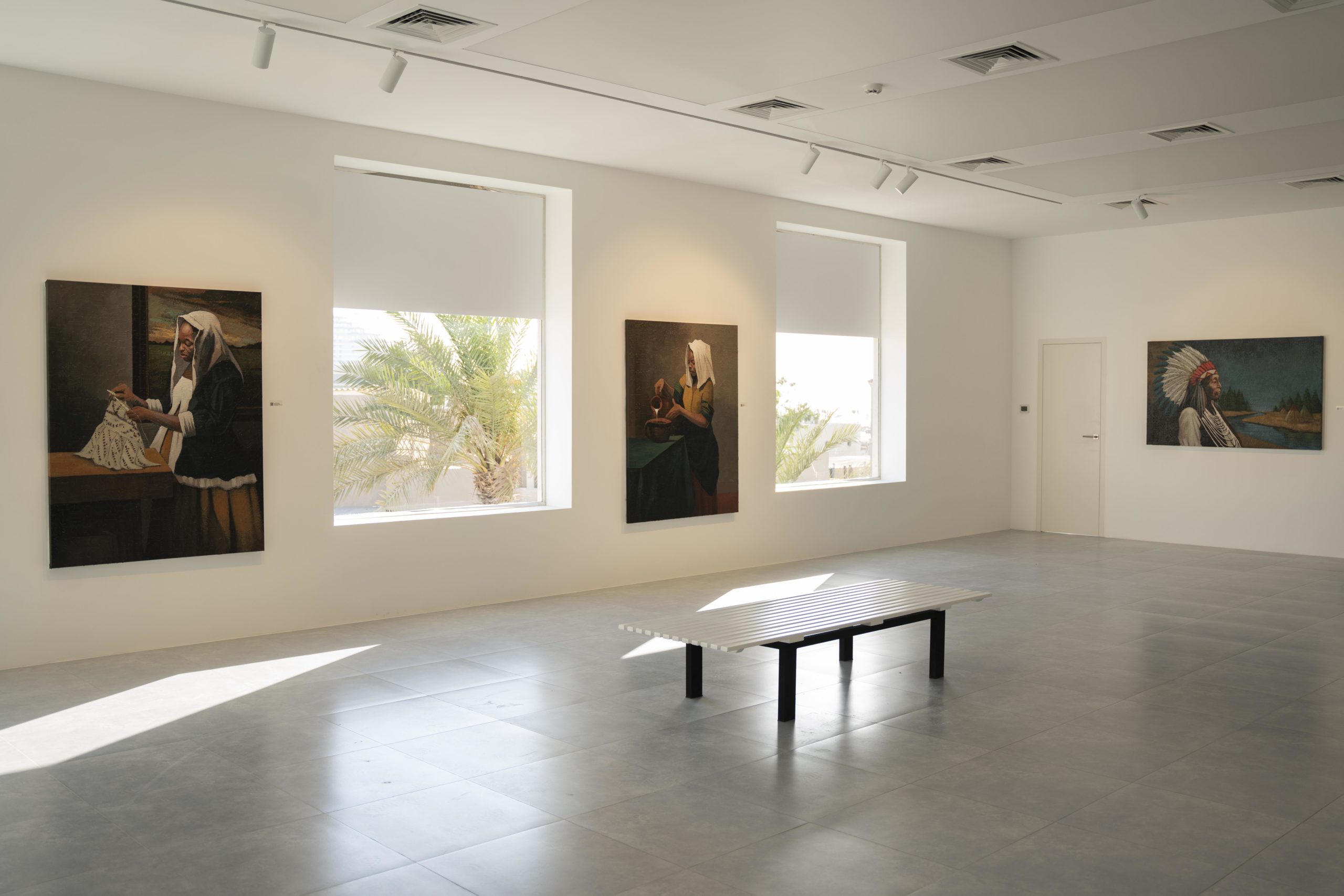
Zidoun-Bossuyt Gallery is pleased to announce the first solo show of Awodiya Toluwani in Dubai.
PRESS RELEASE
Exhibition from 11 May until 25 June 2022
Zidoun-Bossuyt Gallery Dubai is pleased to present the first exhibition of Nigerian artist Awodiya Toluwani.
History is a very essential part of human existence. It gives us a better understanding of lives lived in the past, better ways to live in the present and what legacy to leave for the future generations. In my works, culture and history become visually tangible concepts that show my ideas, imagination, feelings, and experiences which I have lived or gleaned from my cultural background and in my many (local) travels. Legacy takes a critical view of sociocultural issues faced by Black women during the Victorian era. It typically examines the values, history, and activities from an age where being a Black woman was not enough. Legacy makes an attempt to celebrate Black women from that era so we can know where we are coming from and where we are heading.
My technique draws largely from the use of Adire (from the Yorubas; Southwest Nigeria), Adinkra (from Ghana), the Nsibidi (from the Ejagham people from Southeast Nigeria) and many more African cultures. The use of thousands of African symbolic units of motifs creates striking patterns. However, it does so in such a way as to immerse the observer, almost in a mystical way, in the collective cultural experience of the Africans. High relief traditional motifs/ symbols are incorporated within an array of units placed on the background. The high relief textures in the works are imitation of scars. We as Africans have two major sources of scars. One is from a place of pain, while the other is from a place of culture, beliefs and faith popularly called tribal marks. The physical and emotional scars are received from slavery. These scars were received from whips and lashes of canes. Some still bear these scars emotionally and physically. Tribal marks are scars that were intentionally given to Africans for a number of reasons. Some were for identification (during local wars), spiritual reasons, a form of aesthetic, rites of passage and so on. Legacy shares our story not with ignorance but with acknowledgement of our pains and the gains of our scars. Our scars didn’t break us, they make us better.
Born in Nigeria, Awodiya Toluwani grew up in Ogun State. He studied Fine and Applied Arts at the Obafemi Awolowo University, Ile-Ife, Osun State and graduated in 2017. Awodiya Toluwani is a member of the Society of Nigerian Artists (SNA). Toluwani’s works are privately collected in Nigeria and Abroad. He has been involved in various projects and exhibitions in Nigeria such as the So Far Exhibition (2014- 2017), The Tribe Art Festival (2018), Art Soireé (2019), Society of Nigerian Artists Art Exhibition ‘October Rain’(2019), MyDrim Art Gallery Group Exhibition (2019) and Life in My City Art Foundation competition (LIMCAF) (2019) where he was one of the finalists. He is exclusively represented by Zidoun-Bossuyt Gallery.
Works description:
MIDDLE PASSAGE
The forced voyage of enslaved Africans across the Atlantic Ocean to the New World.
The kingdom of Benin (not to be confused with the modern Republic of Benin) was among the earliest, longest lasting, and most active participants in the European trade on the Slave Coast, including the trade in slaves. From “pre-European” times, Benin was one of the mightiest powers on the eastern Slave Coast. The Portuguese probably reached Benin in 1472, but established strong relations with the kingdom only in 1485/86, when they founded a trade “factory” at the port of Gwato. Europeans demanded slaves from the very beginning of trade with Benin, and it was there that the Portuguese purchased their first large slave cargoes. Portugal (until the mid-16th century), the Netherlands (late 16th – early 18th centuries), and Great Britain (mid-18th – 19th centuries, culminating in the occupation of the country in 1897) successively became the dominant European powers in the Benin region, although the French, Germans, and others also intermittently established presences there. Before the mid-17th century, Benin exported slaves not only to the New World, but also to Europe and the Gold Coast. In 1506, a slave typically cost between twelve and fifteen manillas (brass bracelets); by 1517, the price had risen to 57 manillas.
After the 1520s, cowry shells replaced manillas as the most popular “money” in the slave trade (in 1522, fifty manillas were equal to 6,370 cowries). Goods such as hats, beads, etc. were also bartered for slaves. From the late 16th to the late 17th century, Benin never sold its own citizens, but only female captives (including Igbo, Sobo, Ijaw, and others) captured in war or purchased from neighbouring peoples. From the mid-17th to 18th centuries, however, slaves became the principal trade “goods” acquired by Europeans, and foreign male prisoners and eventually citizens of Benin itself were also sold abroad. In the heyday of the slave trade, Benin supplied 3,000 slaves a year. A contemporary related that “The West India planters prefer the slaves of Benin … to those of any other part of Guinea…”
THE NATIVE
Long before the trans-Atlantic African slave trade existed a group of people called the Native Americans. Native Americans, also known as American Indians, First Americans, Indigenous Americans, are the Indigenous peoples of the United States. Slave trade was established in North America long before the trans-Atlantic slave trade, Europeans were conducting a trade of enslaved Indigenous peoples, beginning with Christopher Columbus on Haiti in 1492. European colonists used these enslavements as a weapon of war while the Indigenous peoples themselves used enslavement as a tactic for survival. Great leaders arose amongst the ‘natives’ who fought against oppression and such bullying. Along with devastating disease epidemics, the practice contributed to the fierce decline in Indigenous populations after the coming of the Europeans.
The enslavement of Indigenous peoples lasted well into the 18th century when it was largely replaced by African enslavement. It has left a legacy still felt among Indigenous populations in the east, and it is also one of the most hidden narratives in American historical literature.
SWEAT AND BLOOD
Of the many myths told about American slavery, one of the biggest is that it was an archaic practice that only enriched a small number of men.
The argument has often been used to diminish the scale of slavery, reducing it to a crime committed by a few Southern planters, one that did not touch the rest of the United States. Slavery, the argument goes, was an inefficient system, and the labor of the enslaved was considered less productive than that of a free worker being paid a wage. The use of enslaved labor has been presented as premodern, a practice that had no ties to the capitalism that allowed America to become — and remain — a leading global economy.
But as with so many stories about slavery, this is untrue. Slavery, particularly the cotton slavery that existed from the end of the 18th century to the beginning of the Civil War, was a thoroughly modern business, one that was continuously changing to maximize profits.
To grow the cotton that would clothe the world and fuel global industrialization, thousands of young enslaved men and women — the children of stolen ancestors legally treated as property — were transported from Maryland and Virginia hundreds of miles south, and forcibly retrained to become America’s most efficient laborers. As they were pushed into the expanding territories of Mississippi and Louisiana, sold and bid on at auctions, and resettled onto forced labor camps, they were given a task: to plant and pick thousands of pounds of cotton.
ADAM AND EVE
Inspired by Portrait of Isaak Abrahamsz. Massa Painting by Frans Hals.
They both sat on the bench in each other’s abode watching the darkness win the battle with the light in the sky. A cool breeze added the sweetness to the evening.
THE MILKMAID
The milk maid; inspired by the Dutch artist Johannes Vermeer.
It’s an outdated stereotypes meant to reinforce the idea that an African woman is helpless and are not useful at any other thing but chores in the kitchen or domestic chores in the home. (An African) woman is one of the sole ingredients in creating a well-designed, comfortable and welcoming environment for her family and our society. The world has evolved beyond such idea that limits a woman to the kitchen or to home chores as most African homes do believe. Regardless of the fact that a woman is one of the sole ingredients in making a house a home, it is undermining and condescending to think of them lower than man or nothing beyond the home. They are as important as men (if not more important). Women are life givers and live nurturers. Without them, Life as we know it ceases.
MOTHER’S INSTINCT
“Mother love shapes cultures and individuals. While most mothers know that their love and emotional availability are vital to their children’s well-being, many of us do not understand the profound and long-lasting impact we have in developing our young children’s brains, teaching them first lessons of love, shaping their consciences … At a time when society urges women to seek their worth and personal fulfillment in things that take them away from their families and intimate bonds”
WIFE OF AKENGE
Inspired by Nasara, wife of Akenge wrapped in an African patterned fabric called Adire (amongst the Yoruba tradition) with typical fan-shaped style of the Zande, Democratic Republic Congo.. The wives of the Zande rules, south of Bomokandi, wore their hair in a style that, like the Mangbetu coiffures, involved braiding their own hair along with “foreign’ stands in the shape of a disc. This coiffure, called bagbadi, was in fact a fan-shaped wig, but was rarely taken off. The disc was attached to the hair with a few loose knots.
TIGER WOODS
Tiger Wood’s free fall from Grace to Grass and back to Grace is a big lesson for all successful athletes and people out there to be wary of been caught in the web of distraction and lust. Tiger Wood’s will and strength to recover from such disgrace and bounce back to take his place in the hall of fame is still a thing of great surprise and such huge encouragement and motivation to everyone. From a humble beginning, he became a millionaire and soon climbed his way into the billionaire club., back to humble beginning and back up again. The road to success is very narrow, and those at the top ladder will attest to the fact, that it’s hot up there. Tiger sort comfort in the arms of strange women and in place of comfort he got an overdose of trouble.

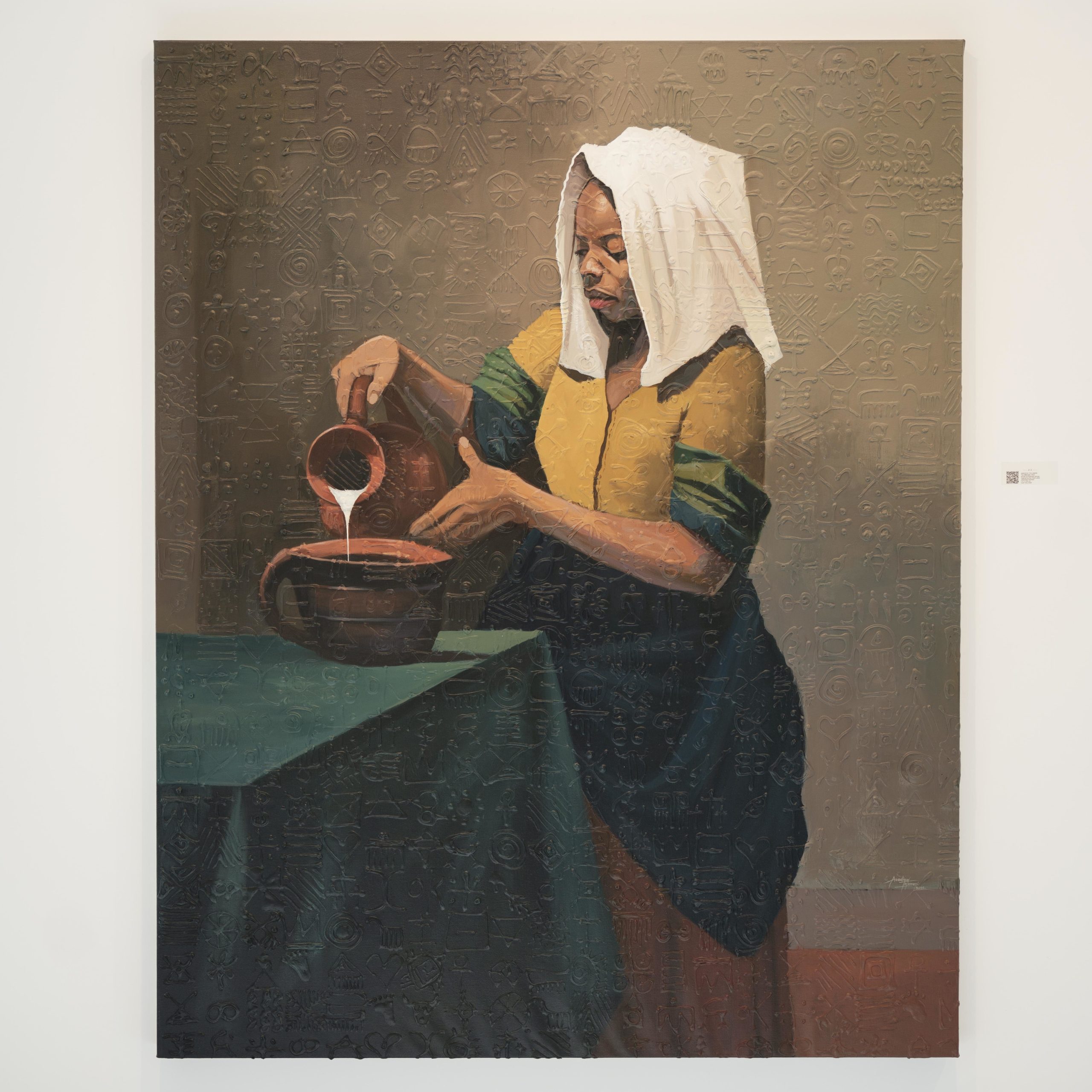
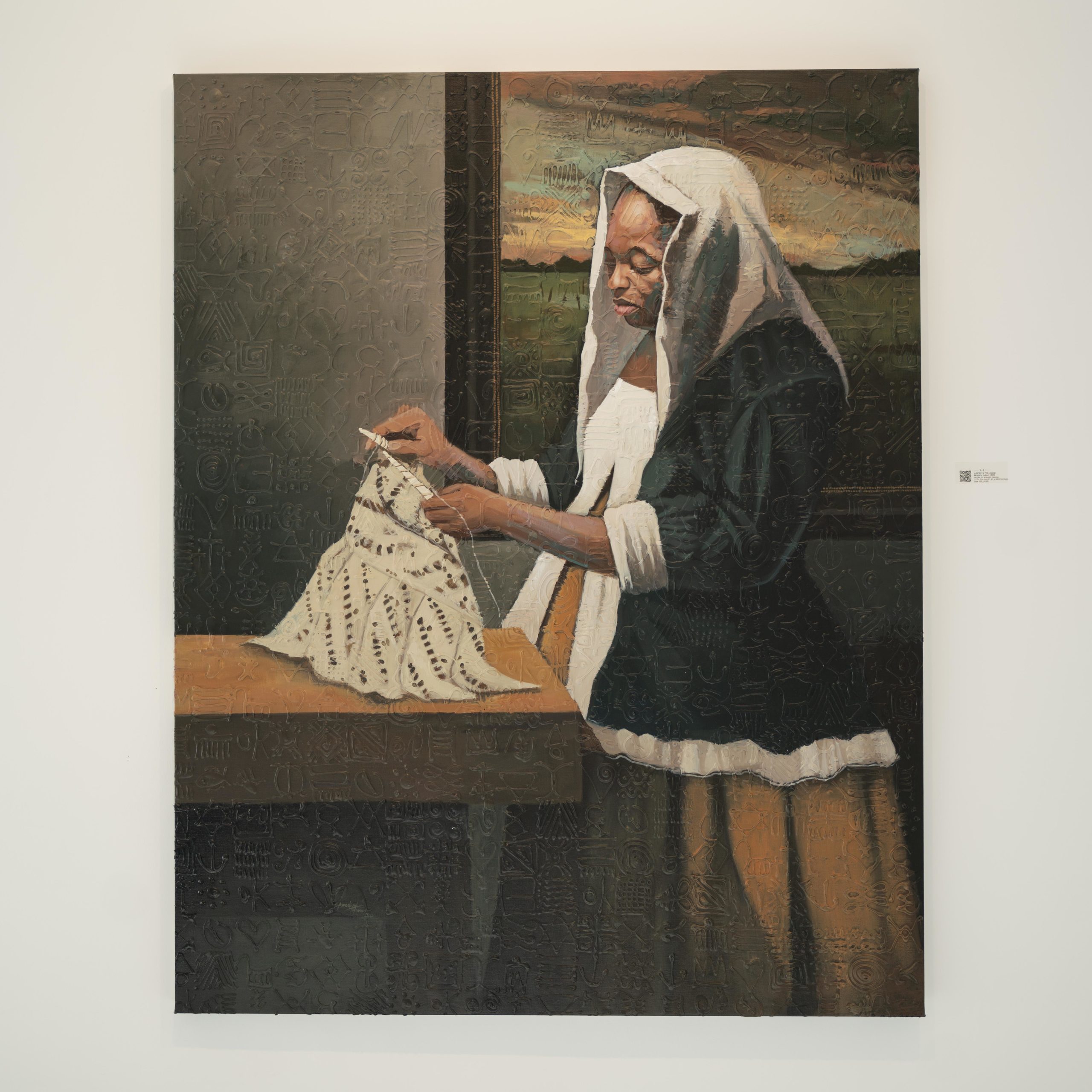
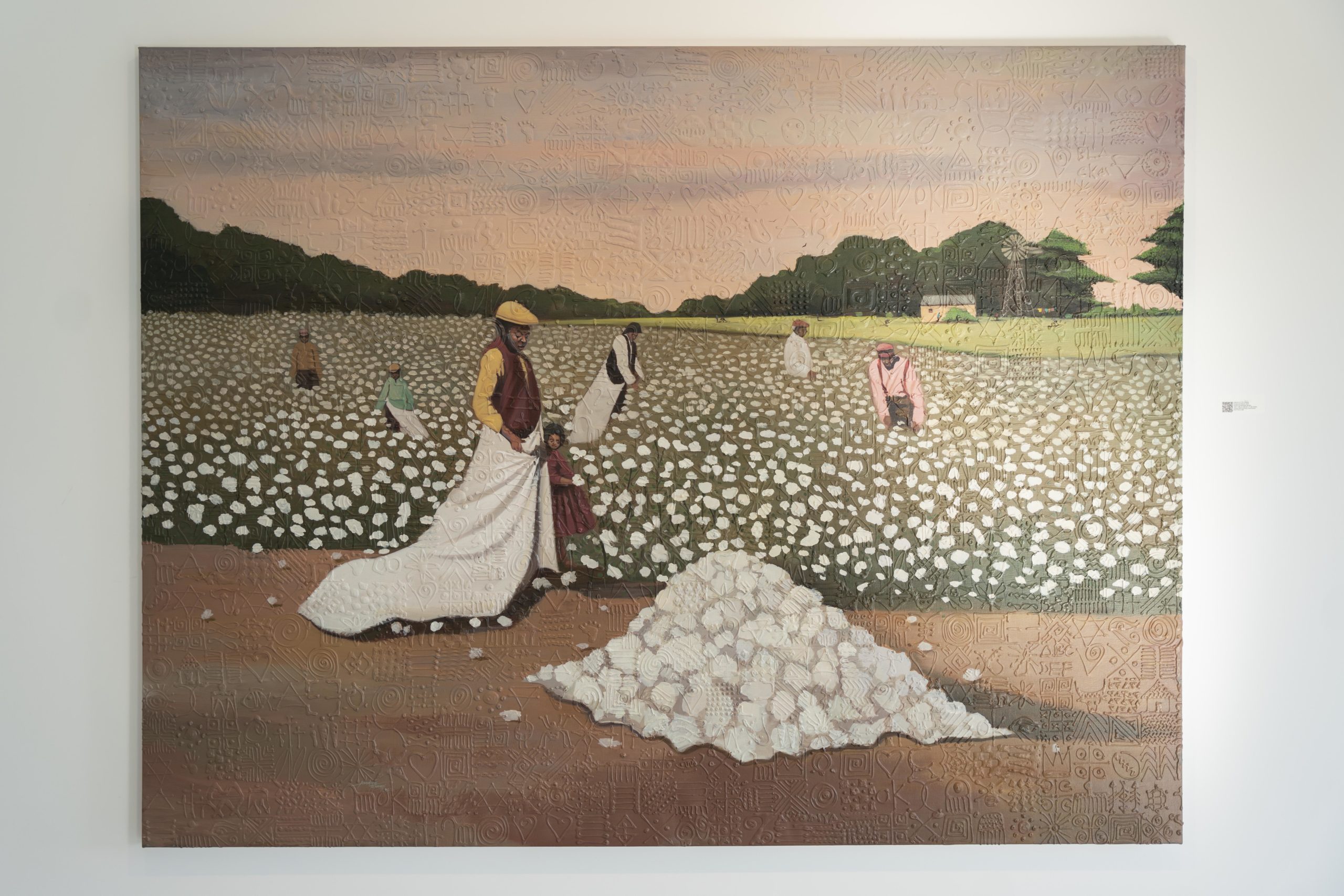

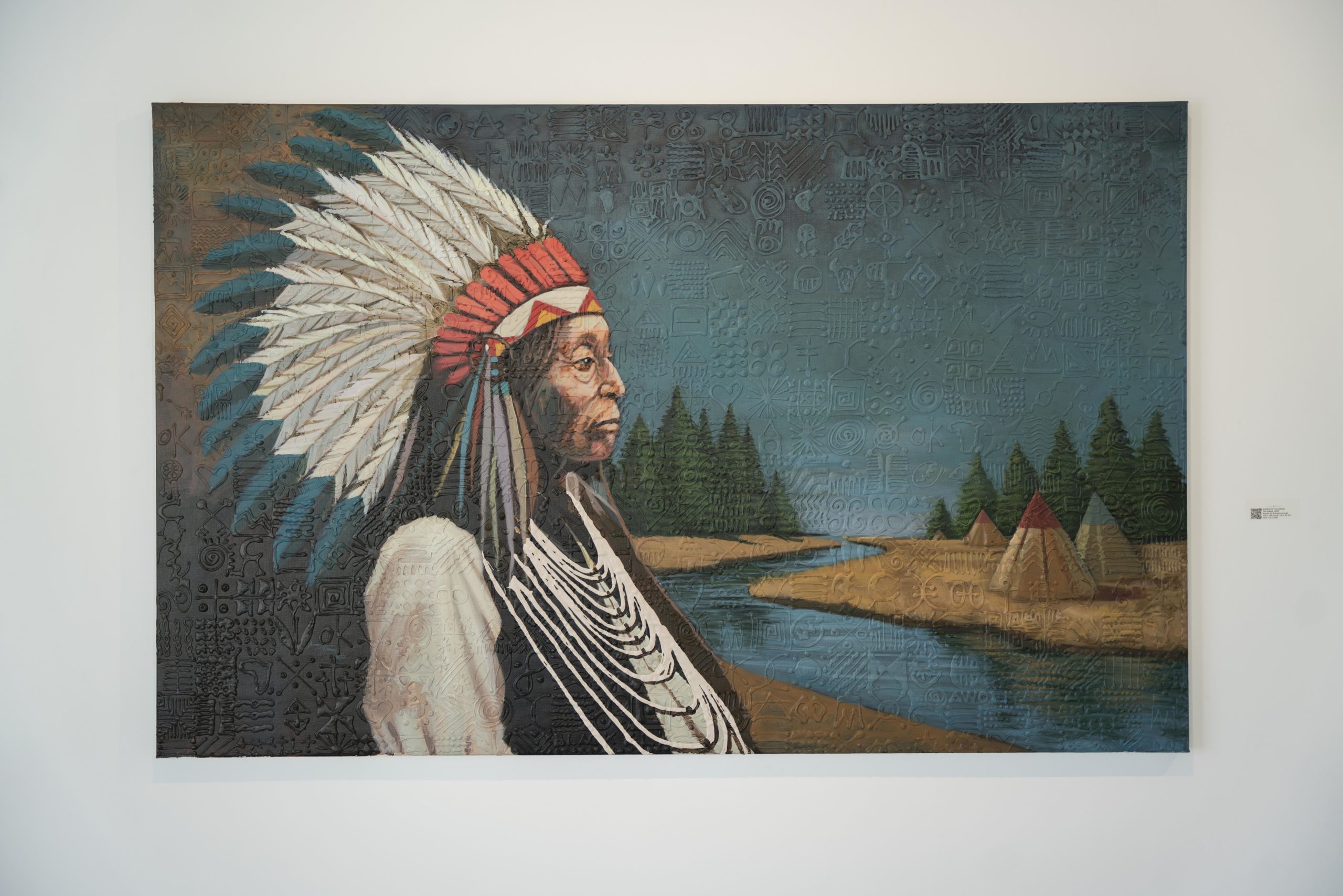

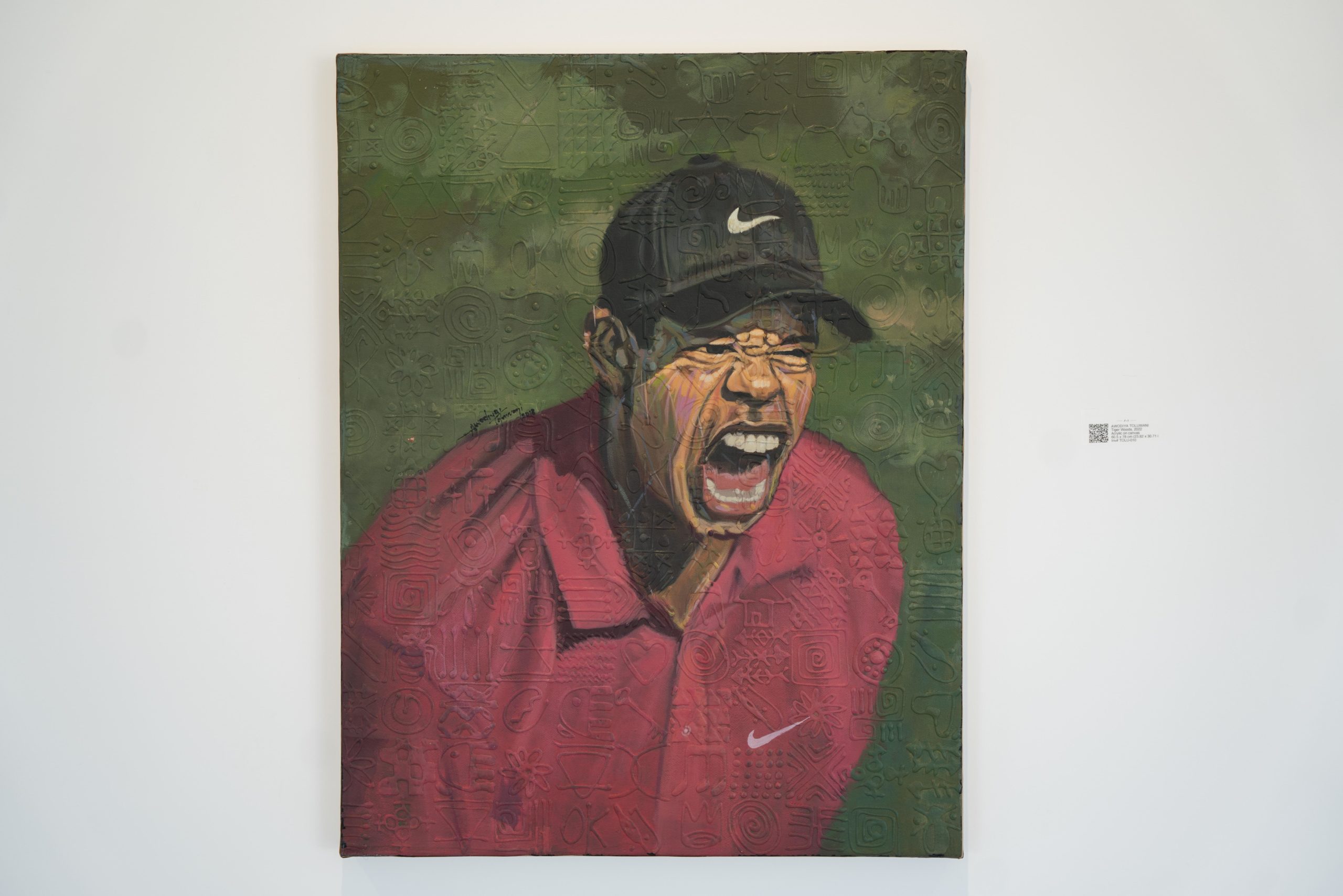

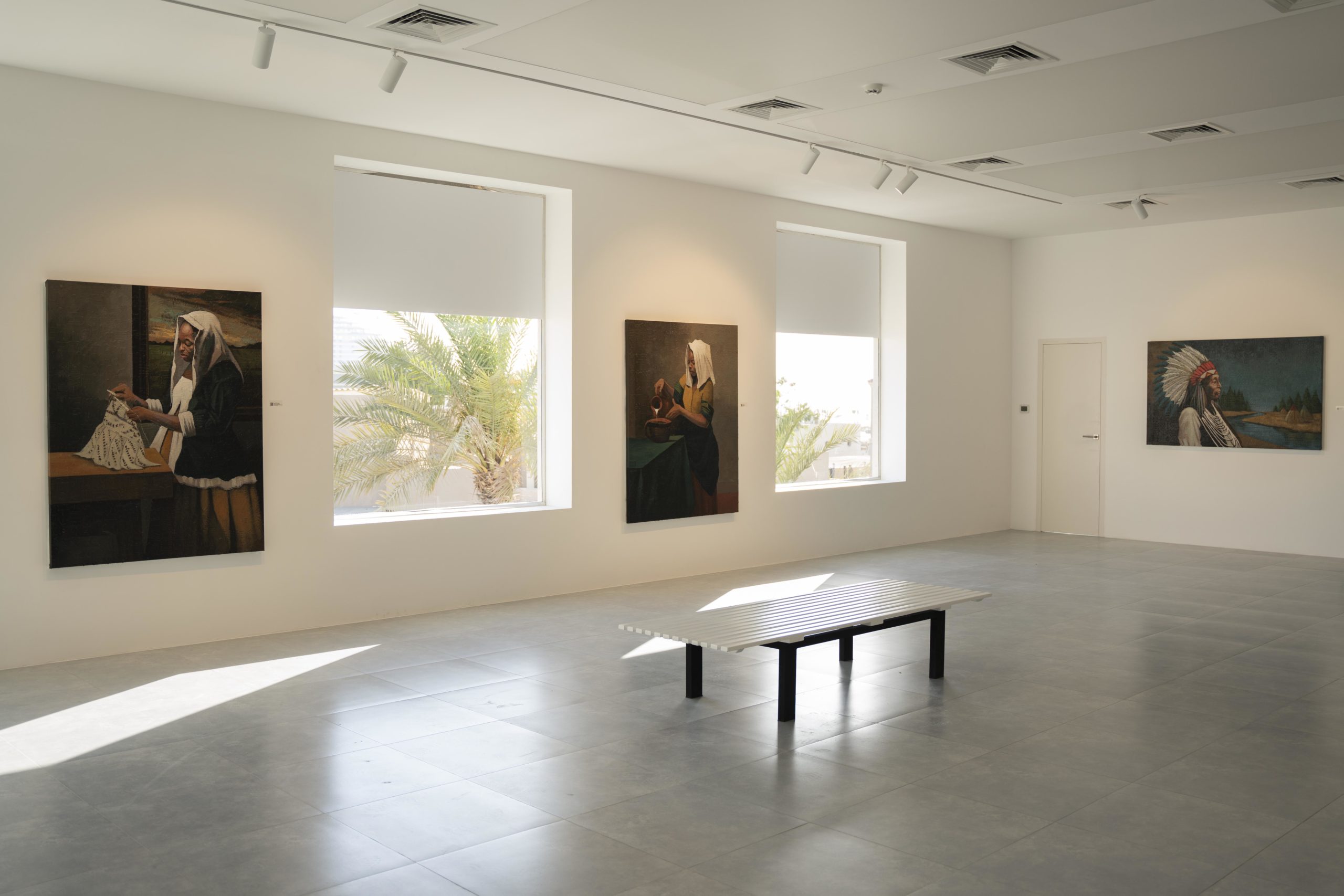
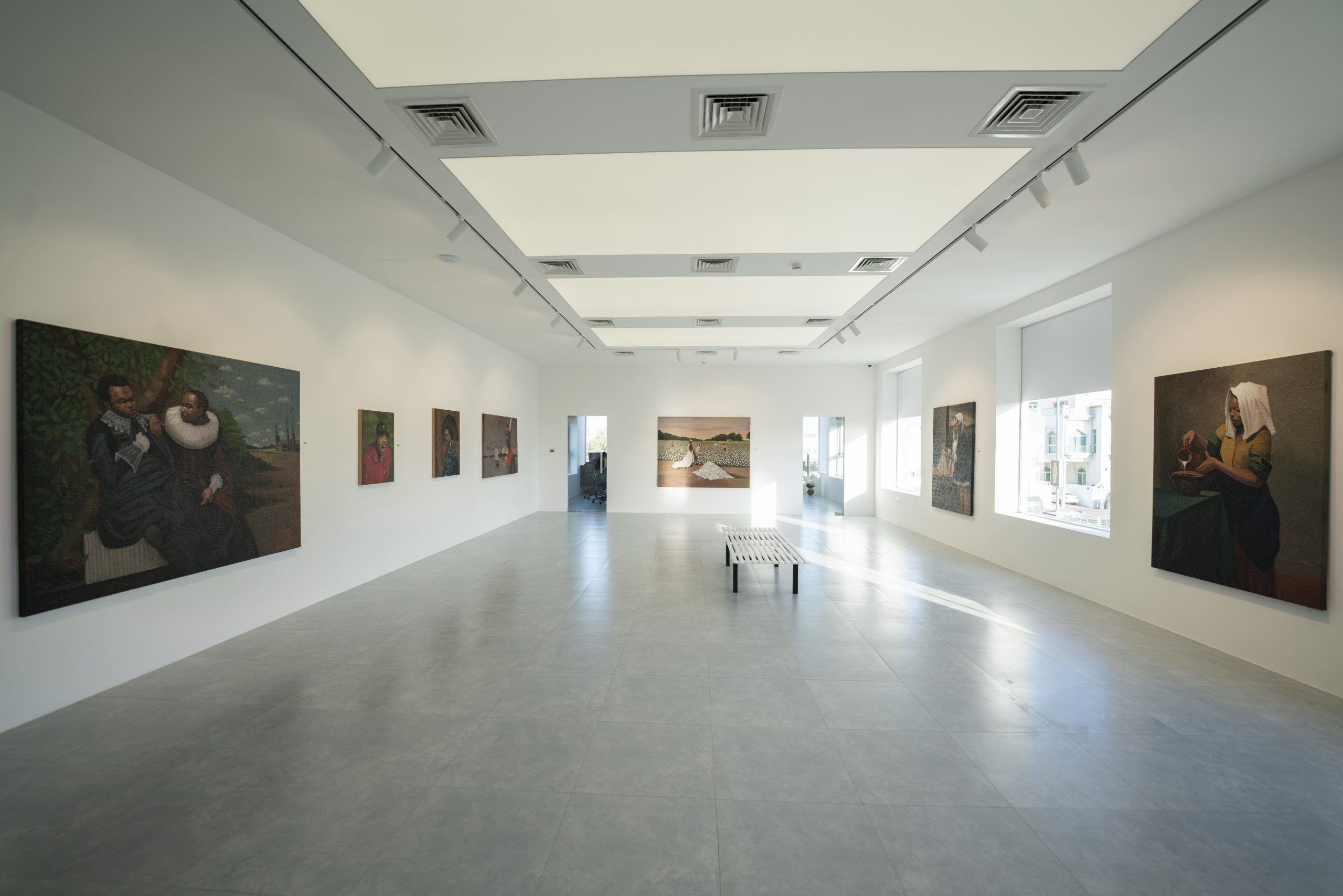
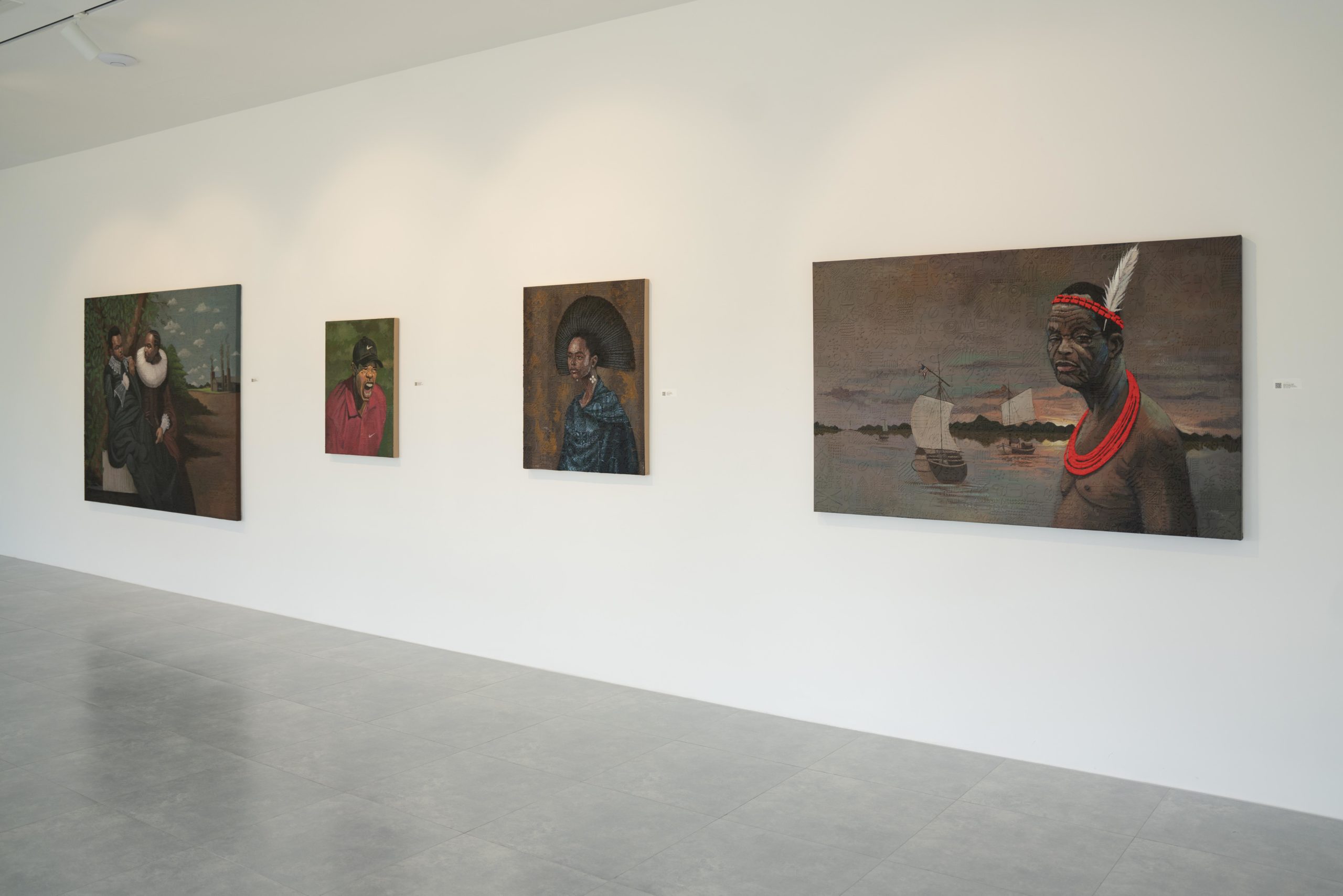
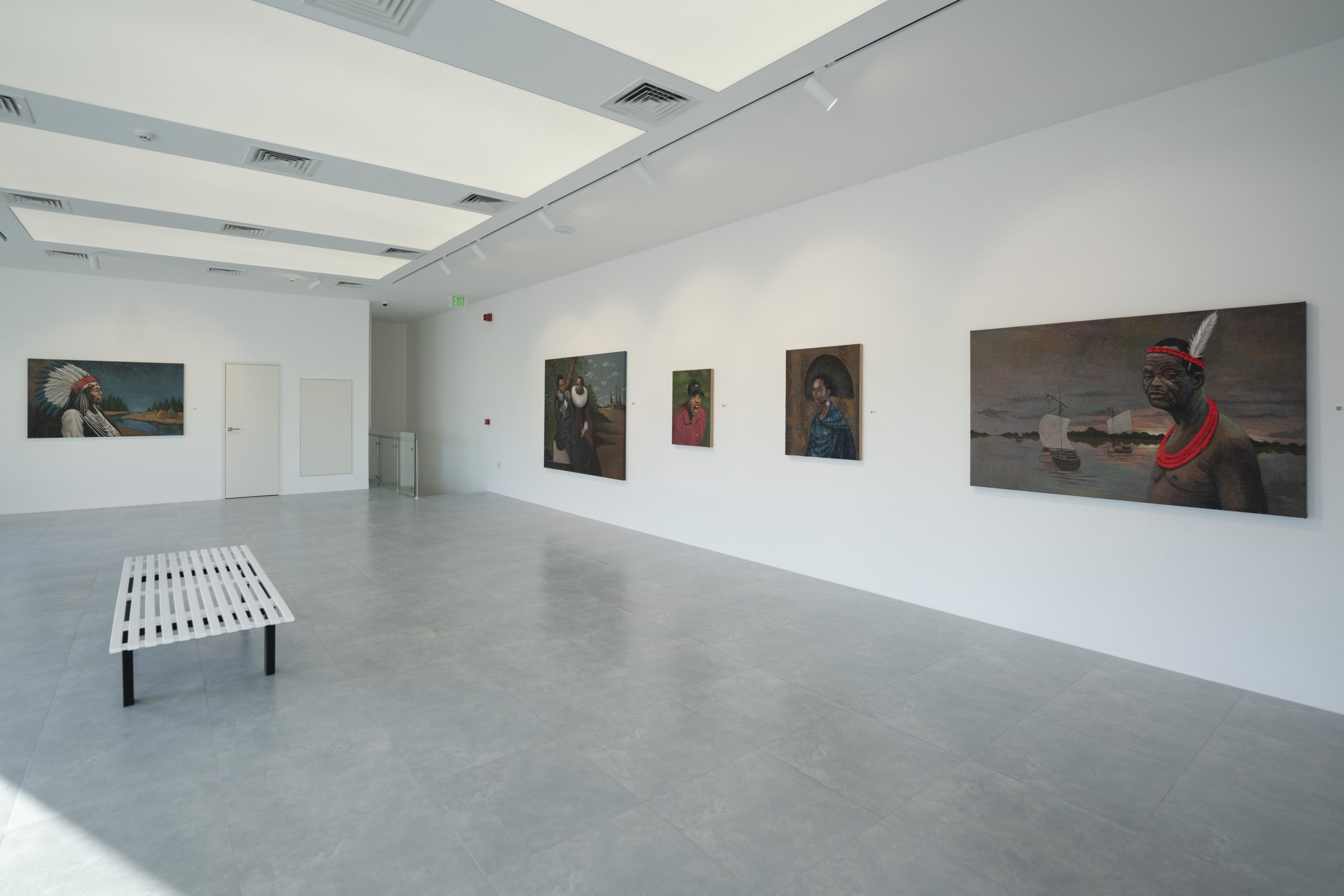

 UP
UP